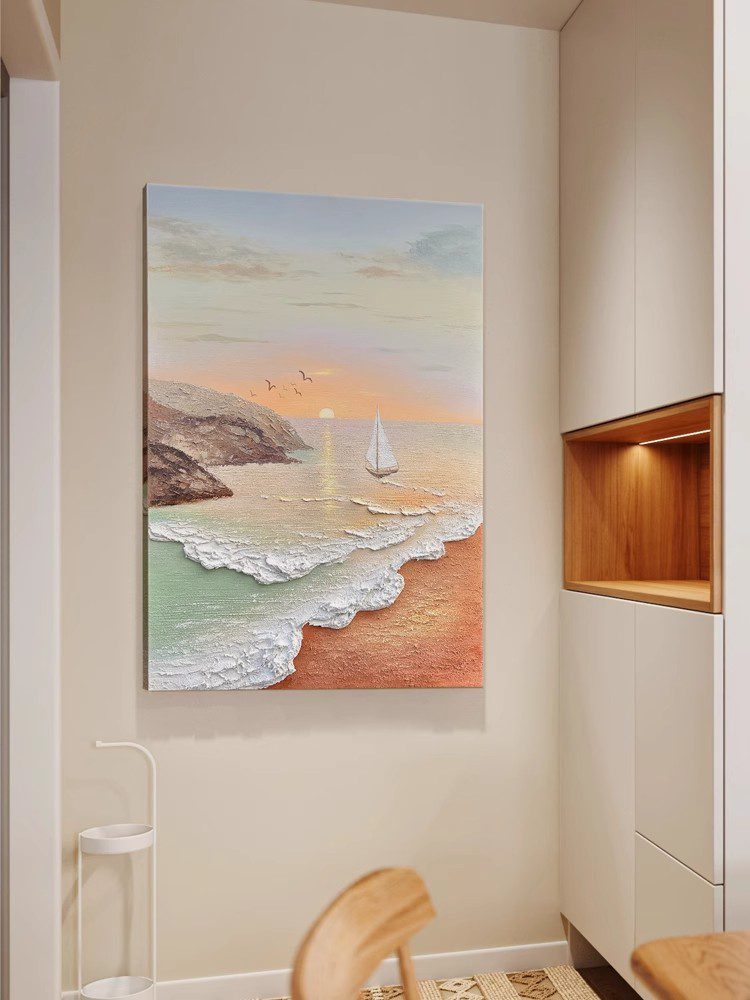Overcoming Creative Blocks in Painting: Practical Strategies for Artists
Every artist encounters periods where inspiration feels stagnant or progress halts. These creative blocks, though frustrating, are natural and can be addressed through structured approaches. Below are actionable methods to reignite creativity and regain momentum in your painting practice.
Revisiting Foundational Techniques
- Simplified Studies: Break down complex subjects into basic shapes, values, or color palettes. For instance, paint a landscape using only three tones (light, mid, dark) to focus on composition without distraction. This strips away pressure to achieve perfection, allowing experimentation with form and balance.
- Master Copy Exercises: Analyze works by artists you admire by recreating sections of their paintings. Pay attention to brushwork, layering, or edge handling. This exercise isn’t about imitation but understanding how seasoned artists solve visual problems, which can spark new ideas for your own style.
- Limiting Variables: Impose constraints like using a restricted color palette (e.g., monochrome or complementary colors) or a single brush size. Constraints force creativity within boundaries, often leading to unexpected solutions and a renewed sense of focus.
Exploring New Inspiration Sources
- Cross-Disciplinary Influence: Draw inspiration from fields outside visual art, such as music, literature, or architecture. A poem’s rhythm might translate into dynamic brushstrokes, while a building’s geometric structure could inspire a still-life composition. Document these connections through sketches or notes to bridge concepts.
- Nature Immersion: Spend time outdoors observing light, texture, and movement. Paint en plein air (outdoors) or collect natural materials like leaves or rocks to study their forms. Nature’s unpredictability can disrupt repetitive patterns in your work and introduce organic complexity.
- Cultural Research: Dive into art history, mythology, or global traditions. Exploring how different cultures depict emotions, symbols, or narratives can expand your visual vocabulary. For example, studying Japanese sumi-e ink painting might influence your approach to minimalism or gesture.
Adjusting Your Workflow and Mindset
- Scheduled Creative Time: Treat painting like a daily habit rather than waiting for “inspiration.” Allocate specific blocks of time (even 15–30 minutes) to work consistently. Routine builds discipline, and regular engagement often leads to breakthroughs, even if initial sessions feel unproductive.
- Embracing “Bad” Art: Allow yourself to create work that doesn’t meet expectations. Set aside a sketchbook or canvas for experiments without judgment. This freedom can uncover techniques or themes you’d otherwise avoid, gradually building confidence to integrate them into more polished pieces.
- Physical and Mental Reset: Step away from the studio temporarily. Engage in activities like walking, meditation, or cooking to clear your mind. Physical movement improves blood flow and reduces stress, while mental breaks help subconscious ideas surface. Return to painting with fresh eyes and renewed energy.
Collaborative and Feedback-Driven Approaches
- Peer Critique Sessions: Share your work with fellow artists for constructive feedback. Outside perspectives can highlight strengths or weaknesses you’ve overlooked. For example, a friend might notice repetitive compositional choices you didn’t realize were limiting your growth.
- Teaching or Mentoring: Explain your process to others, whether through informal tutorials or community workshops. Teaching forces you to articulate techniques and decisions, often revealing gaps in your own understanding that inspire new directions.
- Group Challenges: Join art communities or online forums participating in themed challenges (e.g., “30-day painting sprint” or “abstract portraits”). Deadlines and shared goals create accountability and expose you to diverse approaches, pushing you beyond comfort zones.
By integrating these strategies, artists can dismantle creative blocks and transform stagnation into opportunities for innovation. The key lies in patience, adaptability, and a willingness to view challenges as catalysts for growth.
